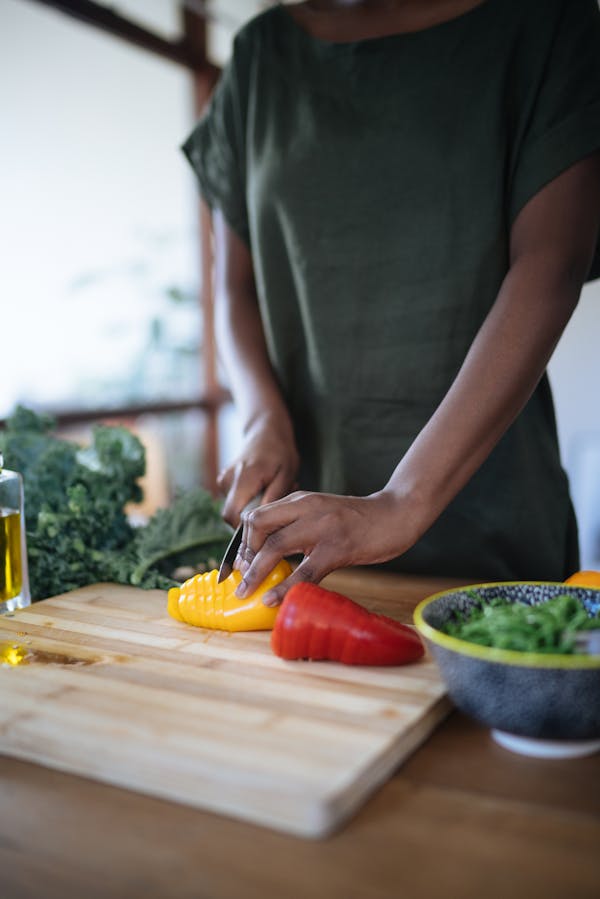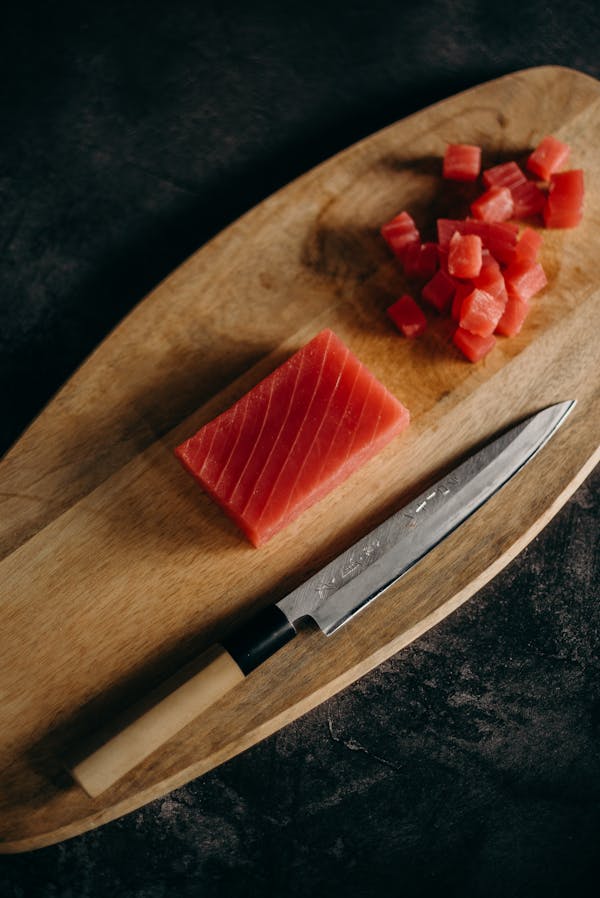Choosing the Right Wood for Your Chopping Board: A Buyer’s Guide
Wooden chopping boards are more than just a stylish kitchen accessory; they boast a host of benefits that discerning cooks appreciate. From their natural antibacterial properties to tactile comfort, they offer a symbiotic relationship with the kitchen.

Plastic chopping boards tend to develop knife scars over time, which can harbour bacteria and pose health risks. This is especially true of the grooves left by knives that can transfer bacteria to food.
Wooden Chopping Boards
Wooden chopping boards offer a natural feel and look to the kitchen. They are more gentle on knives than plastic and tend to last longer with proper care. However, they require regular maintenance with oil. Oil seals the pores of the board to prevent it from drying and cracking and helps keep it hygienic.
Choose a durable wood such as walnut, acacia or maple. Ensure it has a dense water-resistant surface, and is sustainably grown. Avoid exotic woods that haven’t been approved for food contact as they may leach toxins into your foods.

Wooden chopping and carving boards are usually reversible so that you can use one side for meats and the other for veggies. They also come with a drain for juices. To maintain the quality of your wooden cutting board, apply a thin coat of butcher block or mineral oil to both sides once a month. This is important for keeping the board in optimal condition.
Plastic Chopping Boards
These plastic boards, which come in small, medium and large sizes, are perfect for chopping and prepping your favourite foods. They have a durable, easy-to-clean surface that protects your knives and is also safe for use with raw meat.
Our testers loved how the textured side of this board helped keep slippery ingredients, like tomatoes or chicken breast, in place while cutting. The reversible design makes it a versatile option that can be used either way around, while the indentation at one corner works well for sectioning off an ingredient or keeping round veggies, such as carrots, from rolling away.
The only downside to this board is that it does not have rubber grips on the corners of the board, so it required a separate mat under it for more vigorous tasks such as cleaving or pounding chicken. The plastic also developed some stains and grooves over time, but it did not warp. It is dishwasher safe, and odours and scratches wash away easily.
Bamboo Chopping Boards
Bamboo is a fast-growing grass, so it’s an eco-friendly choice that can be produced organically. It’s also dense enough to resist knife scarring, so it’s more sanitary than wood boards. It’s also easy to clean and doesn’t harbor bacteria as much as wood.
Because bamboo is a grass, it can be grown without pesticides. This makes it a more sustainable option than hardwoods that can take years to mature. It’s important to keep in mind that bamboo has a lower Janka hardness rating than wood, so it may be less resistant to divots and scratches.
As with all wood cutting boards, a bamboo board needs to be hand-washed and rubbed with oil periodically. It should also be kept away from the oven and dishwasher. Also, be aware that some wood types can contain resins and oils that can cause food to absorb into the pores of the board. This could lead to bacterial growth and discoloration over time.
Metal Chopping Boards
Stainless steel is one of the most durable materials for a cutting board, and it has an added benefit: it won’t warp in a dishwasher. Its nonporous surface also won’t absorb juices from vegetables and meat, so it will stay free of stains and bacteria.
However, it is not as knife-friendly as wood or plastic and can dull a kitchen knife easily. Additionally, it requires more frequent oiling than other boards.
For a lighter alternative to metal, try the Epicurean Kitchen Series Cutting and Chopping Board. Made from RichLite paper composite, it has a non-porous surface that is heat-resistant and eliminates lingering odors. It is lightweight to carry and cleans up quickly in a dishwasher, plus it has nonslip feet and a hanging loop. Some models have a dedicated carving side that features engraved hexagons and trenches for meat cuts. These also have a shallow groove to funnel food scraps into a sink or pan for easy disposal.